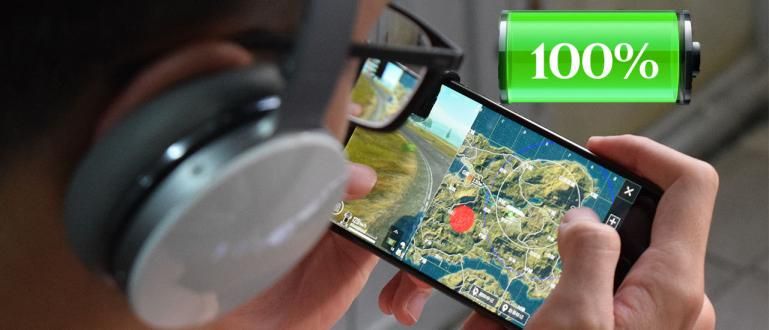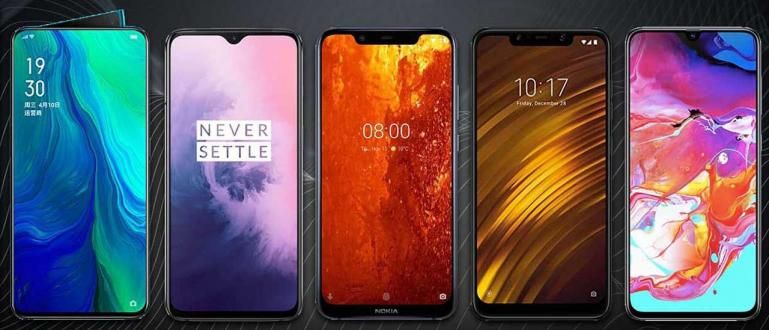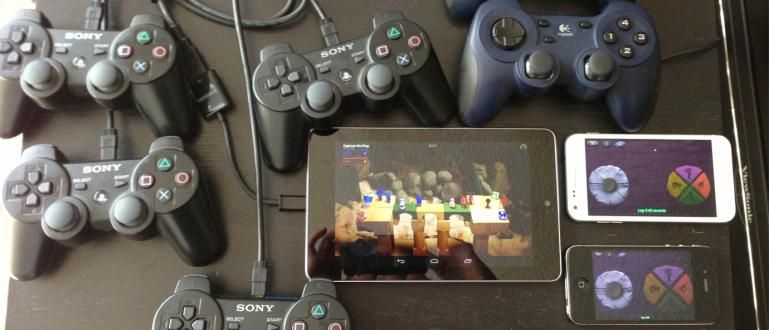Are you looking to buy a VGA for your PC? Check these tips from Jaka so you don't make the wrong choice!
Graphics card is a component peripherals computer in charge of troubleshooting graphics processing on a computer device. The better the quality of the graphics card used by a computer device, the better the quality of the images and videos produced by the computer will be more good thereby increasing user satisfaction.
Currently there are so many brand graphics cards such as NVIDIA, AMD, Intel, and so on that offer high-level graphics card capabilities with different features. So to determine which graphics card is the most appropriate for our needs is enough confusing. Well, that's why this time Jaka will help you choose a suitable graphics card for your PC through the following tips. Read on for more!
- 10 Best Gaming VGAs 2016: Five Star Quality, Street Prices
- 10 Best Gaming VGA AMD Radeon Price 1 Million
- 7 Best Nvidia GeForce High-End Gaming VGA at 2 Million Prices
Tips for Choosing the Best VGA for Your PC and Laptop
1. Prioritize GPU Not Brand
 Photo source: Photo: lockerdome.com
Photo source: Photo: lockerdome.com When buying a graphics card for your computer, make sure you not affected by the view that brand is everything. Indeed, some well-known brands such as NVIDIA and AMD have high quality no doubt again. But still, you have to be careful and pay attention to GPU aspect. GPU is a component that is responsible for performing mathematical calculations which will later be used to do the image rendering process which will be displayed on the monitor screen.
When you pay attention to the GPU aspect, you will often see related information GPU Speed. Well, make sure you choose a graphics card with GPU Clock Speed so that the quality of the graphics on your computer device increases sharply. This GPU Clock Speed shows the limits of the graphics card's ability to perform mathematical calculations. The higher the GPU Clock Speed, the faster the mathematical calculations will be the rendering process will also run faster.
2. Number of Cores on Graphics Card
 Photo source: Photo: nvidia.com and amd.com
Photo source: Photo: nvidia.com and amd.com Besides GPU, you too must pay attention amount core GPU on the graphics card you bought. The more cores a GPU has, the more tasks (computing processes) it has to perform can be implemented at one time by the GPU.
For example, if a GPU with 6 cores is asked to perform 3 tasks, then 1 task will be completed by 2 cores simultaneously, which is what faster when compared to GPUs which have 3 cores because each core just work alone to complete 1 task.
3. Choose a Graphics Card With Small TDP Value Or Small Power Requirement
 Photo source: Photo: nvidia.com and amd.com
Photo source: Photo: nvidia.com and amd.com Not much different from a computer CPU, the GPU of a graphics card will also of course cause heat as long as the GPU of the graphics card is working to render images and so on, as shown by TDP value (Thermal Design Power). The greater the TDP value, the meaning the greater the maximum heat generated by your graphics card.
Of course, you don't want it if the graphics card you buy generates heat so high that it can cause overheating and noise? So, that's why choosing a graphics card with the smallest possible TDP value could be a wise move.
 VIEW ARTICLE
VIEW ARTICLE 4. Pay attention to the type of memory and bandwidth
 Photo source: Photo: nvidia.com and amd.com
Photo source: Photo: nvidia.com and amd.com Another aspect that is also very important and you must pay attention to when buying a graphics card is: memory type that the graphics card of your choice has. There are several types of graphics card memory, namely: GDDR2, GDDR3, GDDR4, GDDR5 and GDDR5X.
If you look at the sequence, it is certain that the higher the number on the GDDR writing, then better as well as the capabilities of your graphics card. For example, the capabilities of GDDR5X twice as fast than GDDR5 and GDDR5 kemampuan capabilities three times faster than GDDR3.
Apart from that, you should also pay attention bandwidth the memory of the graphics card that you bought. The bandwidth on the graphics card memory is the amount of data that can be accessed by the GPU at a time so that the faster the bandwidth, the faster the computational processes that take place in the GPU will be completed.
That matter will improve amount frames image generated in one second. In addition, the more frames that are generated in one second, the better the quality of the resulting image.
5. Adjust to Your Budget
 Photo source: Photo: kreativa.co.id
Photo source: Photo: kreativa.co.id Well, other aspects that you should pay attention to outside of technical aspects such as GPU speed, memory type, bandwidth, number of cores and TDP value, you must also customize graphics card purchase you with budget that you have.
If you only have a budget of around Rp. 1 million, don't expect to get a graphics card of the same class GTX 1080 or RADEON R9. You can buy ASUS GTX 750 or MSI GTX 750 which costs around Rp. 1.8 million.
However, if you have a budget of around IDR 2 to IDR 3 million, you can try ASUS GTX 1050 or DA GTX 960. Meanwhile, for those of you who have a big budget, you can try buying GTX 1080 which costs around Rp. 7.3 million (the price is converted from dollars) or RADEON R9 which will certainly offer outstanding graphic quality. You can also consider buy a used VGA if your budget is really limited.
Well, that was it tips for those of you who are going to buy a graphics card. Hopefully it's useful. Jack's Message, be a smart buyer, make sure you pay attention to the technical specifications of the graphics card that you are going to buy and don't forget to adjust it to your budget.









